| Vapor Series |
| Specific Model |
Vapor 100B |
Vapor 200B |
Vapor 200C |
| Analysis Ports |
1 Vapor Sorption Port |
1 Vapor Sorption Port; 1 Gas Sorption Port; |
| P0 Transducer |
1 |
| Analysis Pressure Transducer |
3 |
4 |
6 |
| Vapor Sorption Port |
1000 torr, 100 torr, 10 torr |
| Gas Sorption Port |
N/A |
1000 torr |
1000 torr, 10 torr, 1(0.1) torr |
| Pump |
1 mechanical pump (ultimate vacuum 10-2 Pa)
(1 extra mechanical pump for degassing ports is optional) |
1 mechanical pump (ultimate vacuum 10-2 Pa) 1 Turbo molecular pump (ultimate vacuum 10-8 Pa) |
| P/P0 |
10-4 - 0.998 |
10-8 - 0.998 |
| Surface Area |
≥ 0.0005 m2/g, test repeatability: RSD ≤ 1.0% |
| Pore Size |
0.35-500 nm, test repeatability: ≤0.2 nm |
0.35-500 nm, test repeatability: ≤0.02 nm |
| Pore Volume |
≥ 0.0001 cm3/g |
| Degassing Ports |
1 in-situ; 1 ex-situ; |
2 in-situ |
| Adsorbates |
Gas: N2, CO2, Ar, Kr, H2, O2, CO, CH4, etc.
Vapor: H2O, Benzene, Olefins, etc. |
| Cold Trap |
2 |
| Volume and Weight |
L 35.5 in (900 mm) × W 22.5 in (570 mm) × H 36.5 in (920 mm), 210 lbs (95 kg) |
| Power Requirements |
110V or 200-240 VAC, 50/60 Hz, maximum power 300 W |
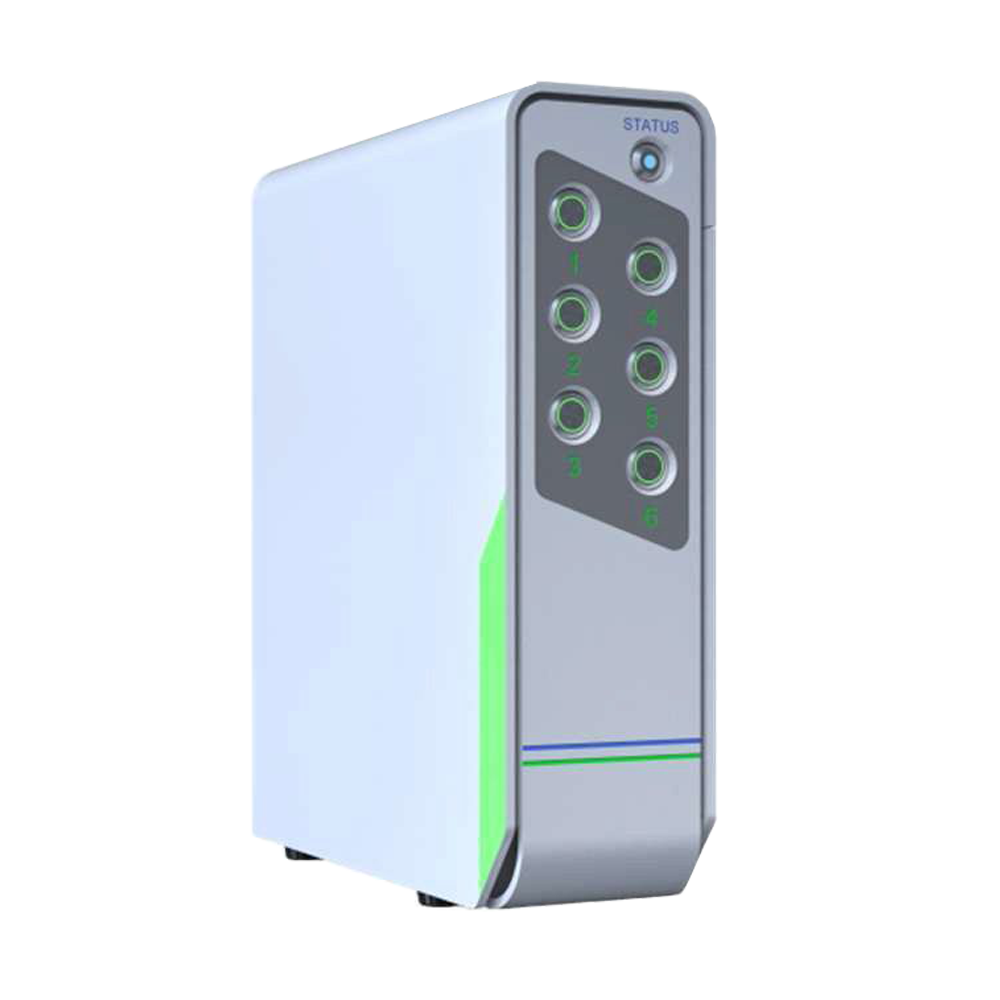
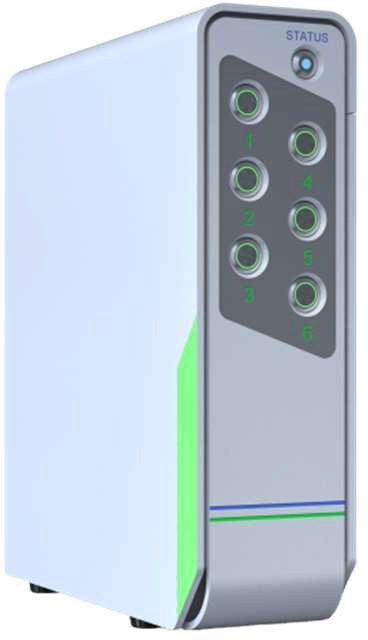

 Products
Products
 Products
Products

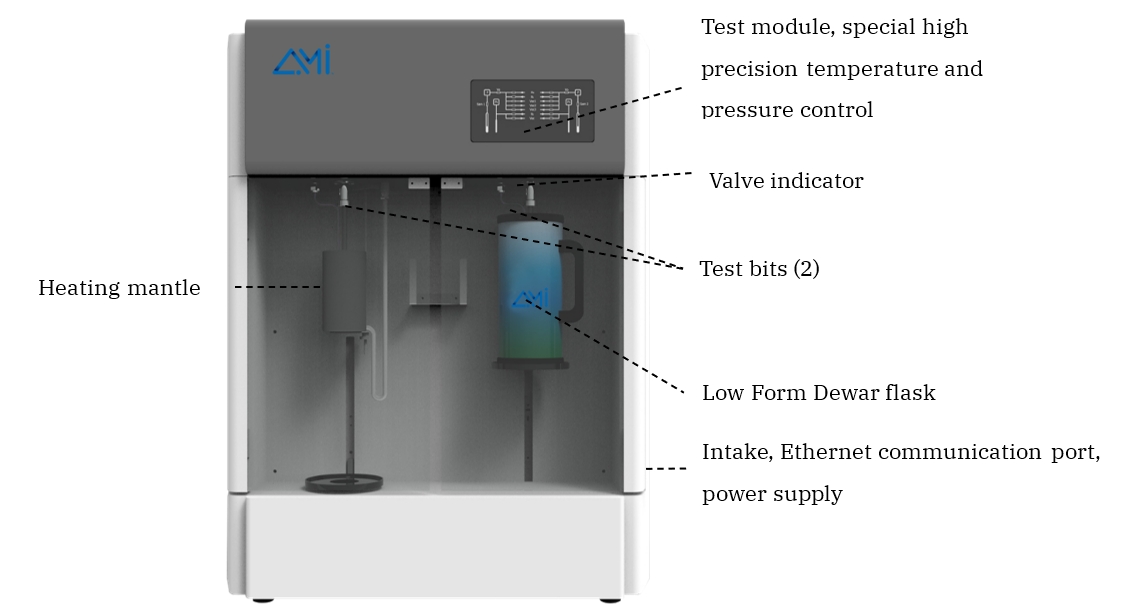










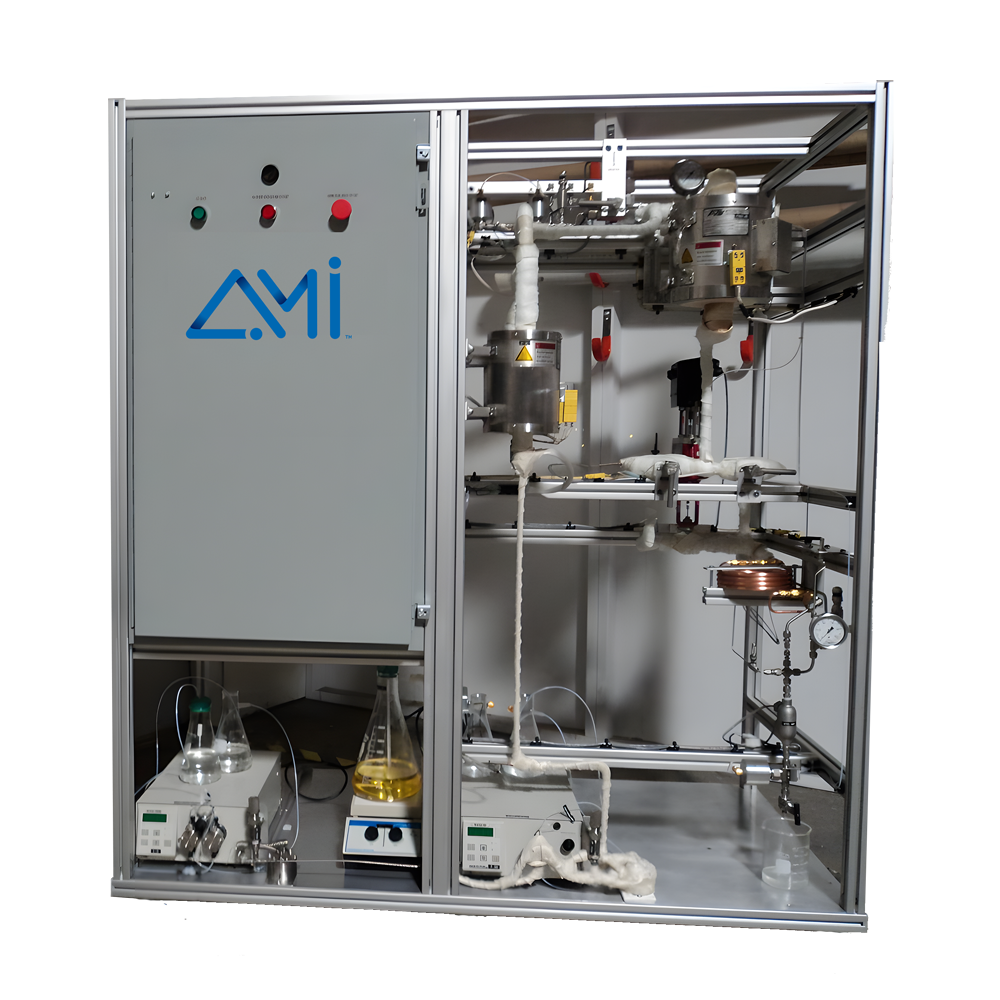
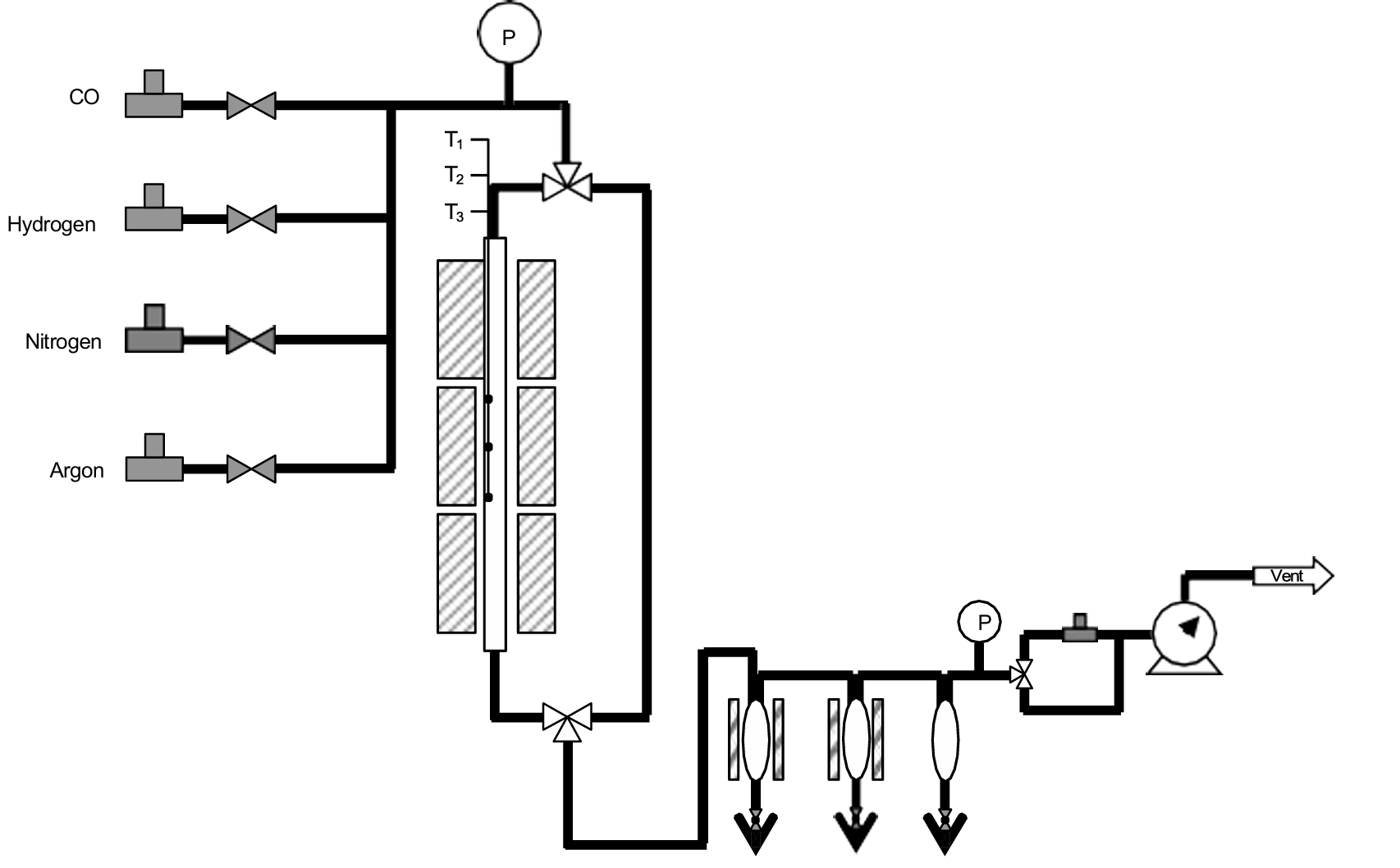
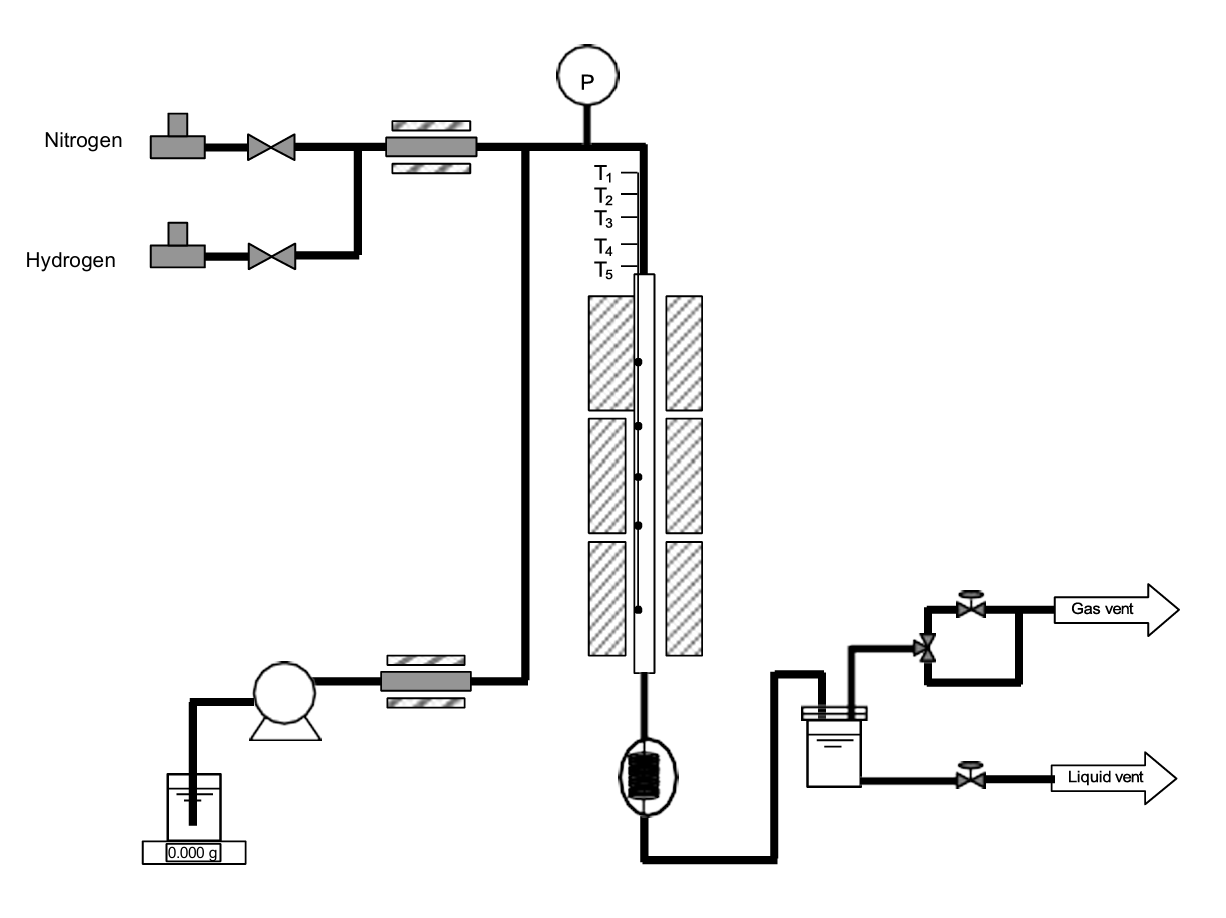

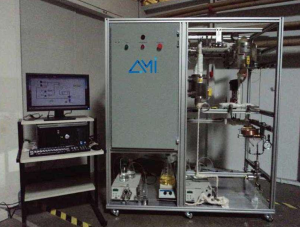
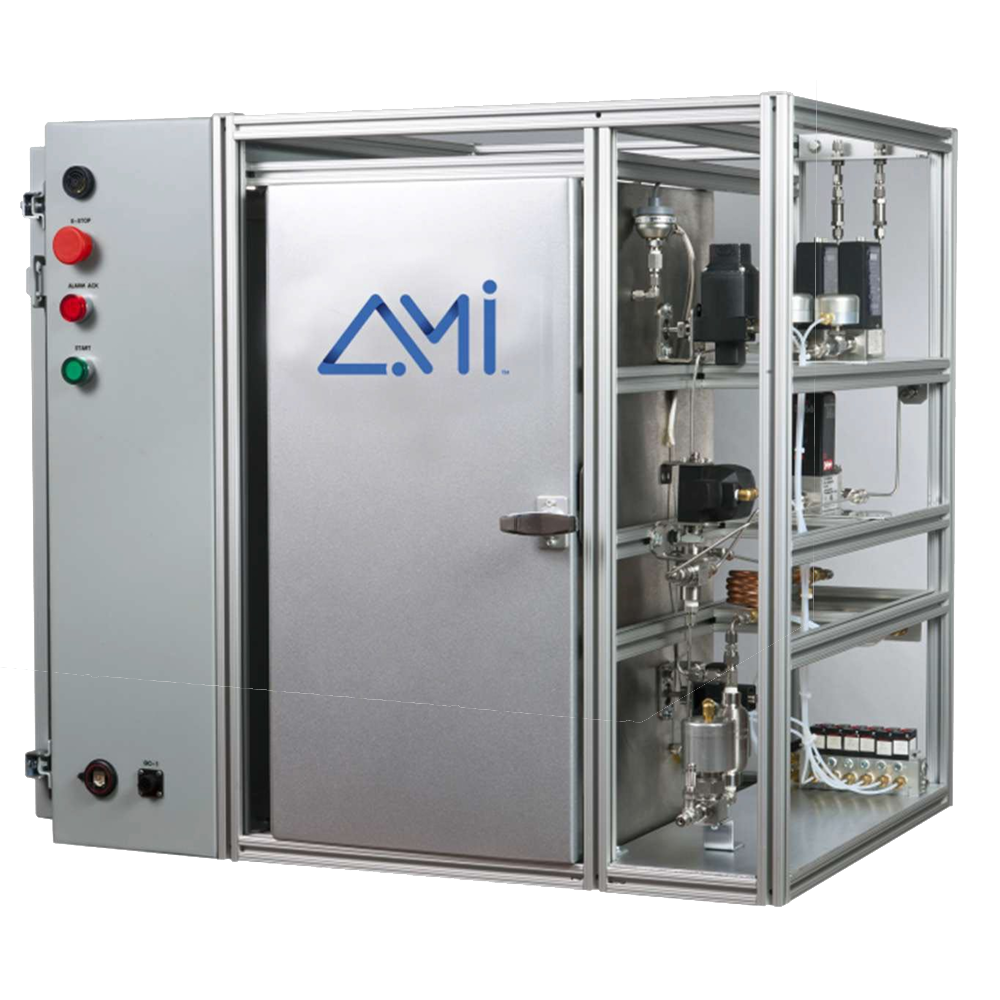
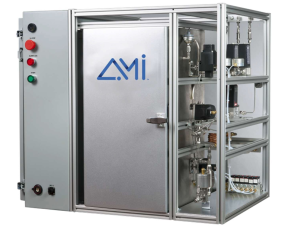

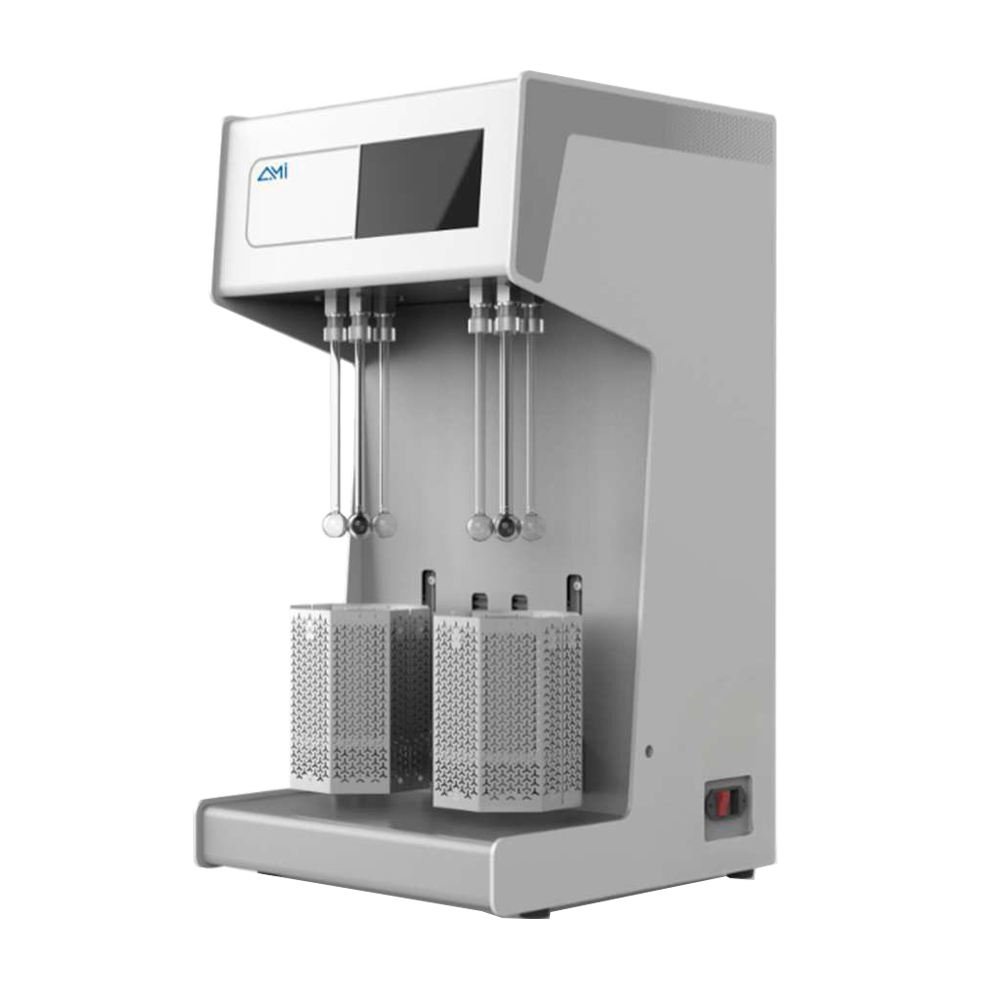
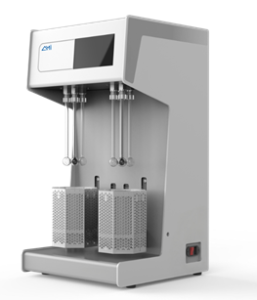
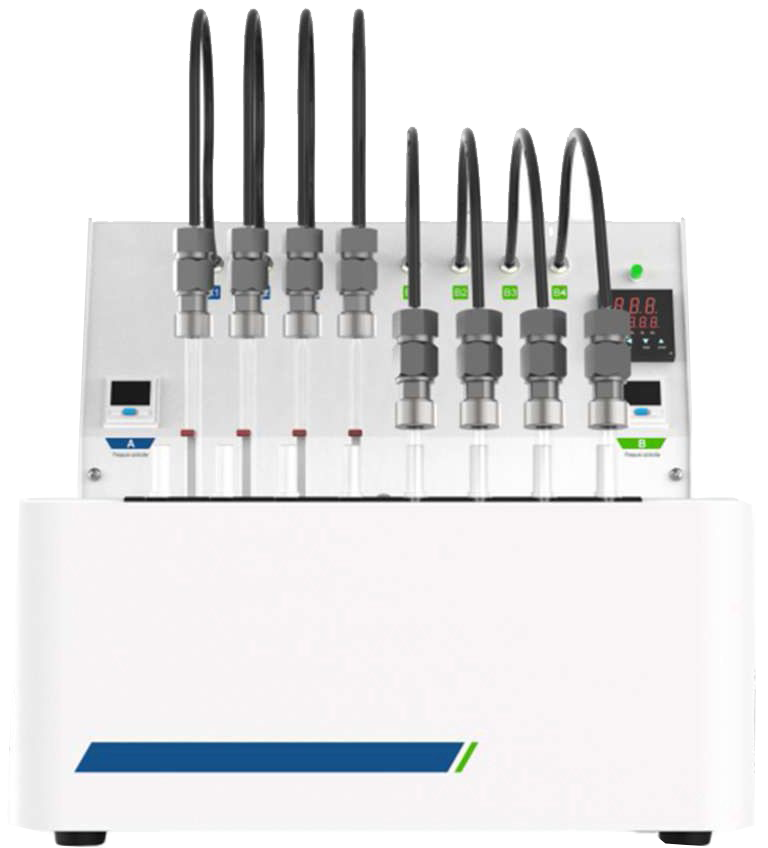
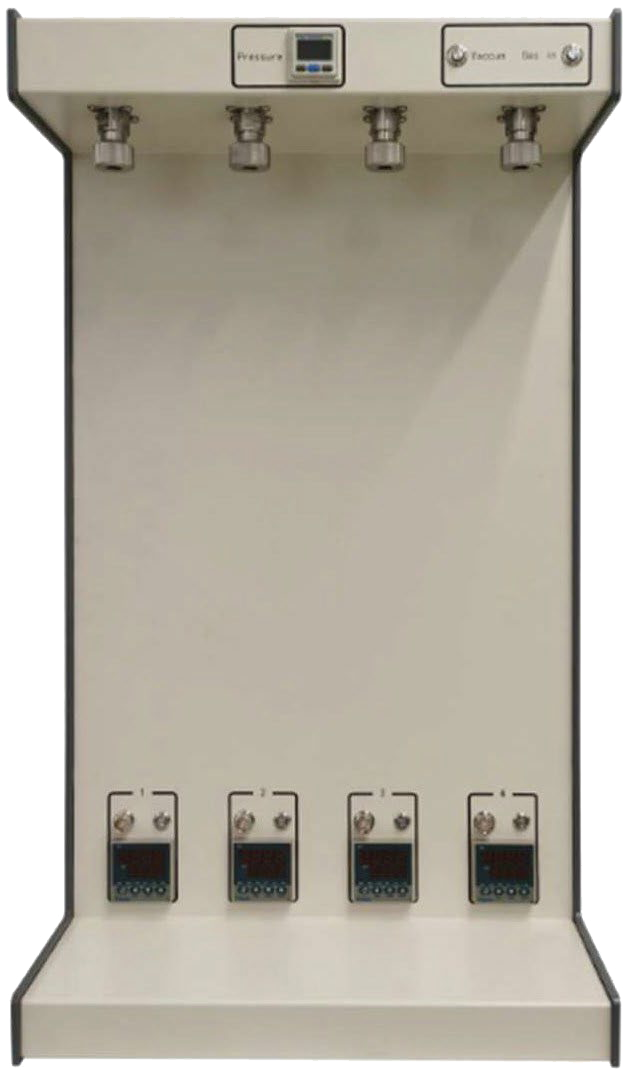
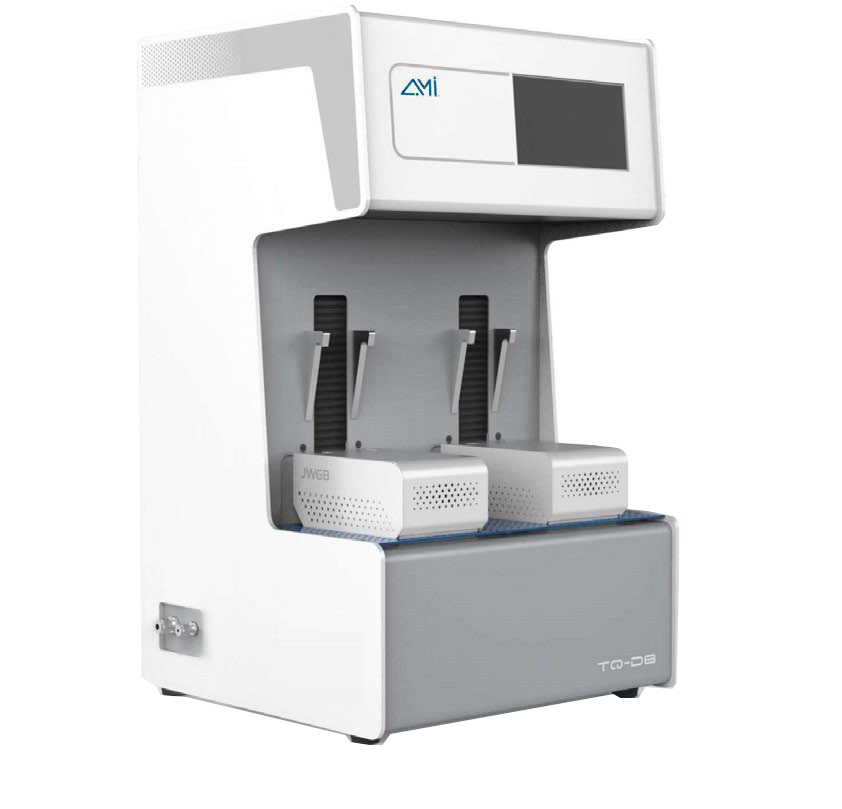
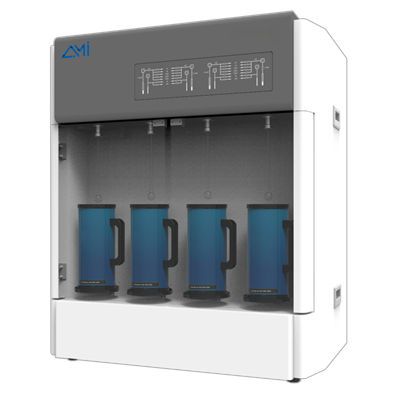
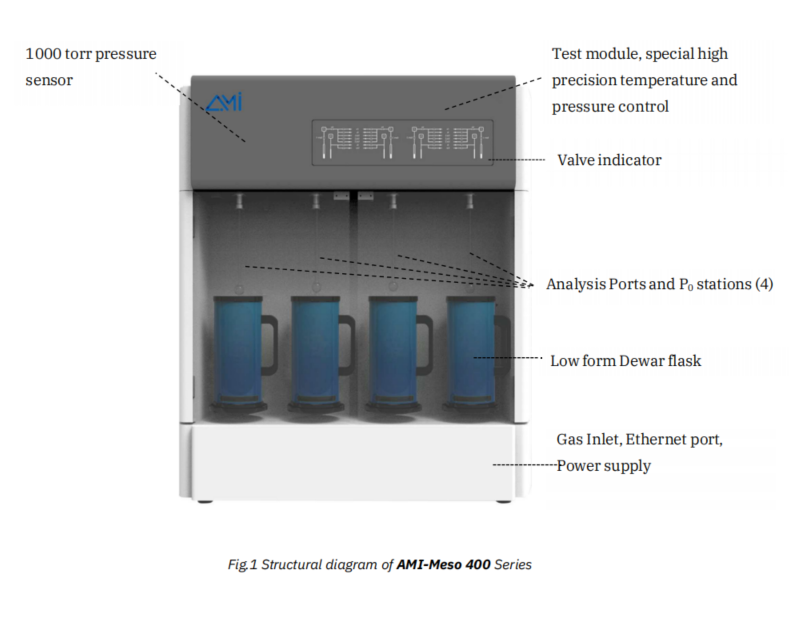













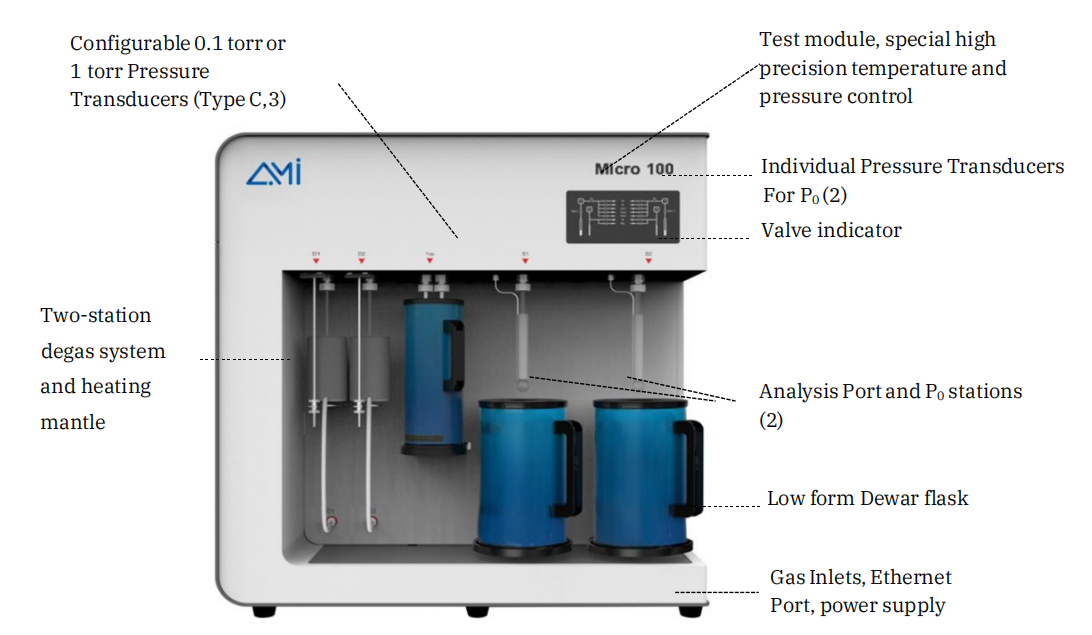


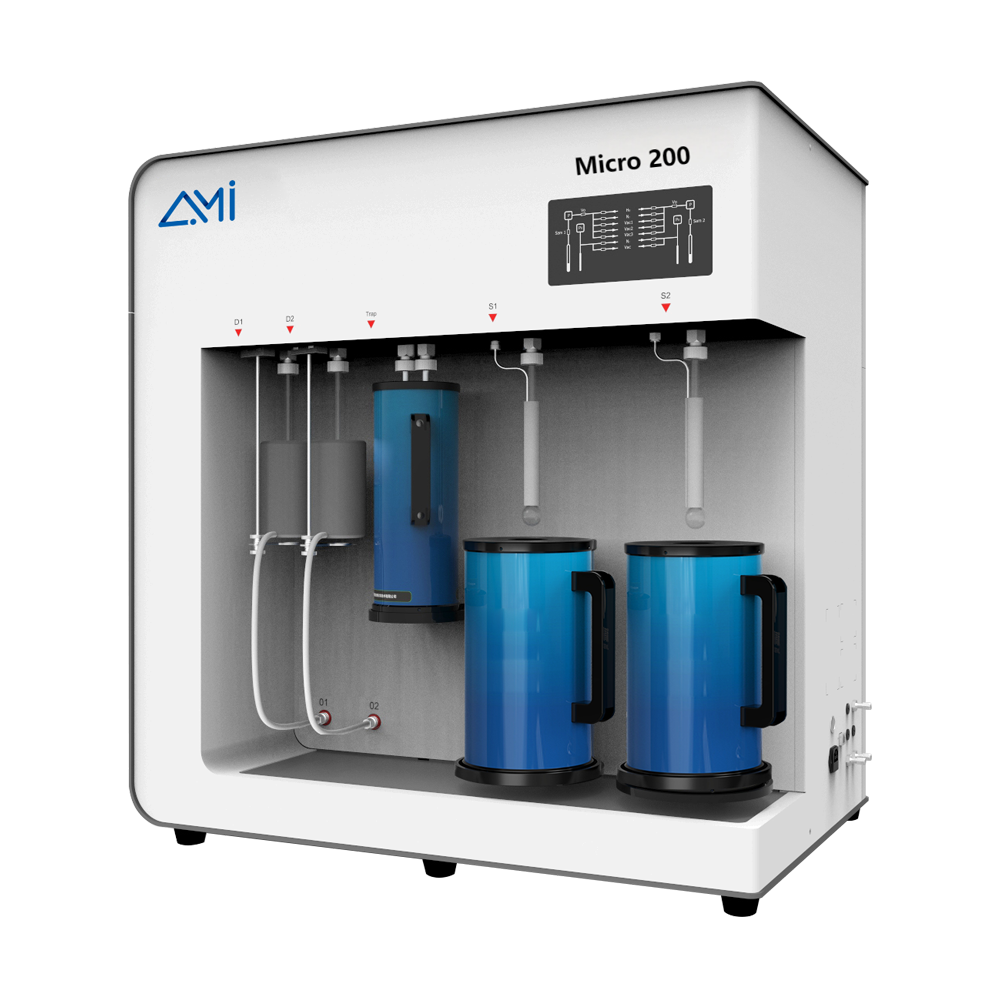
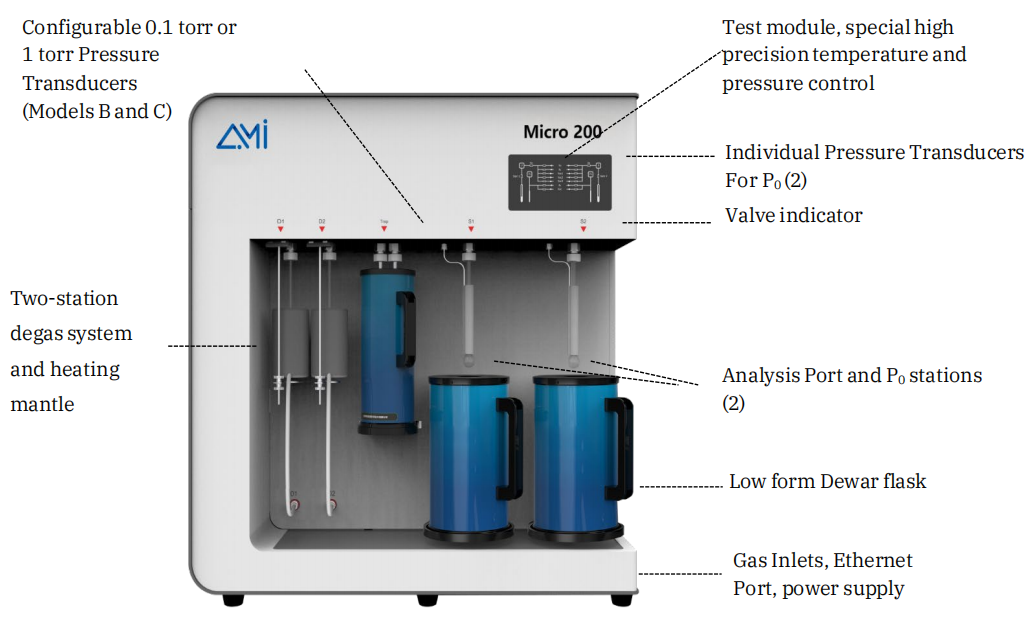
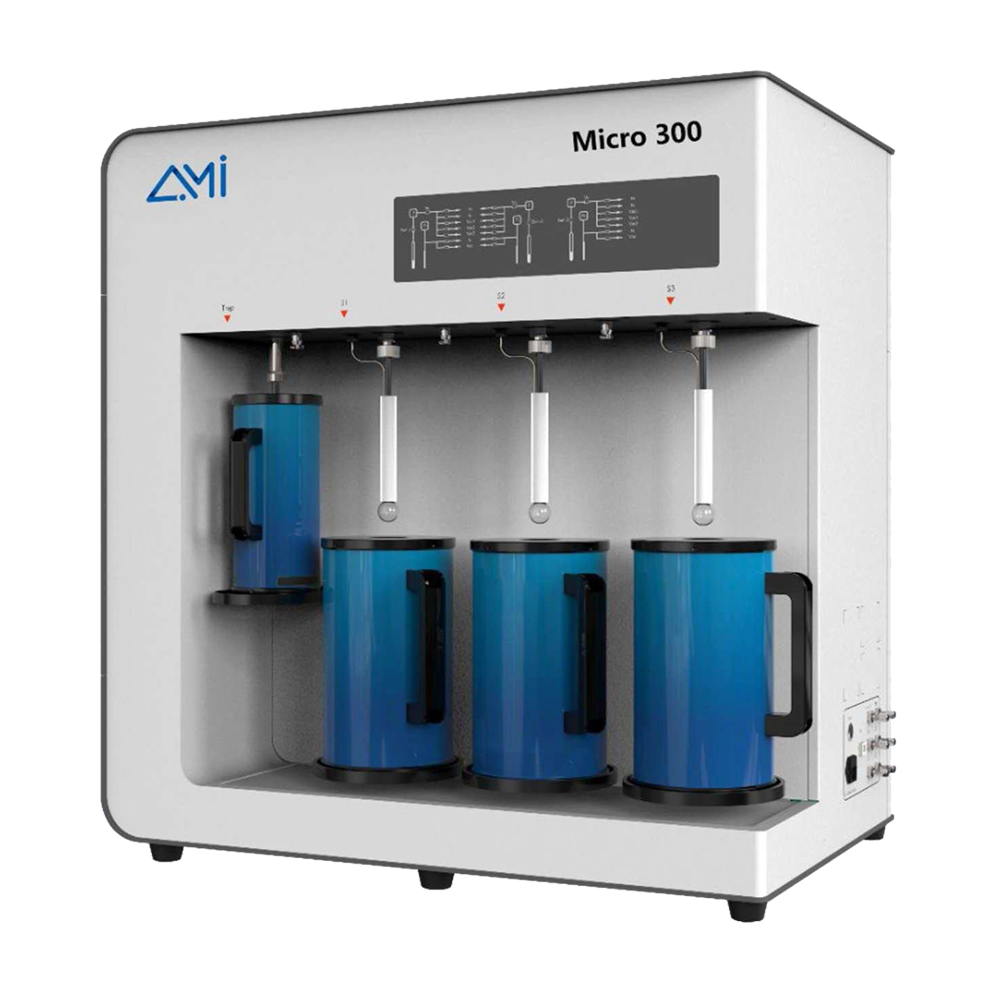
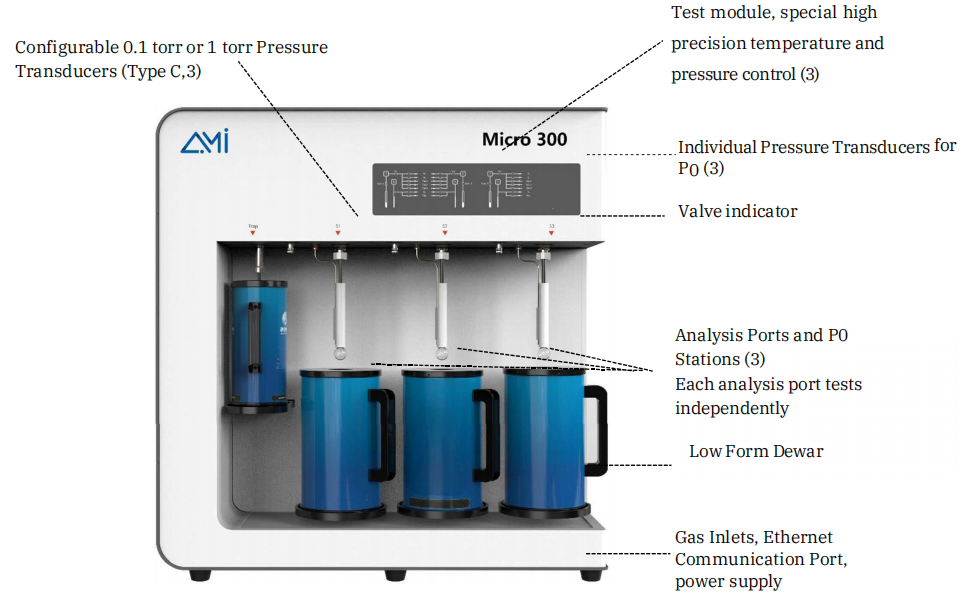
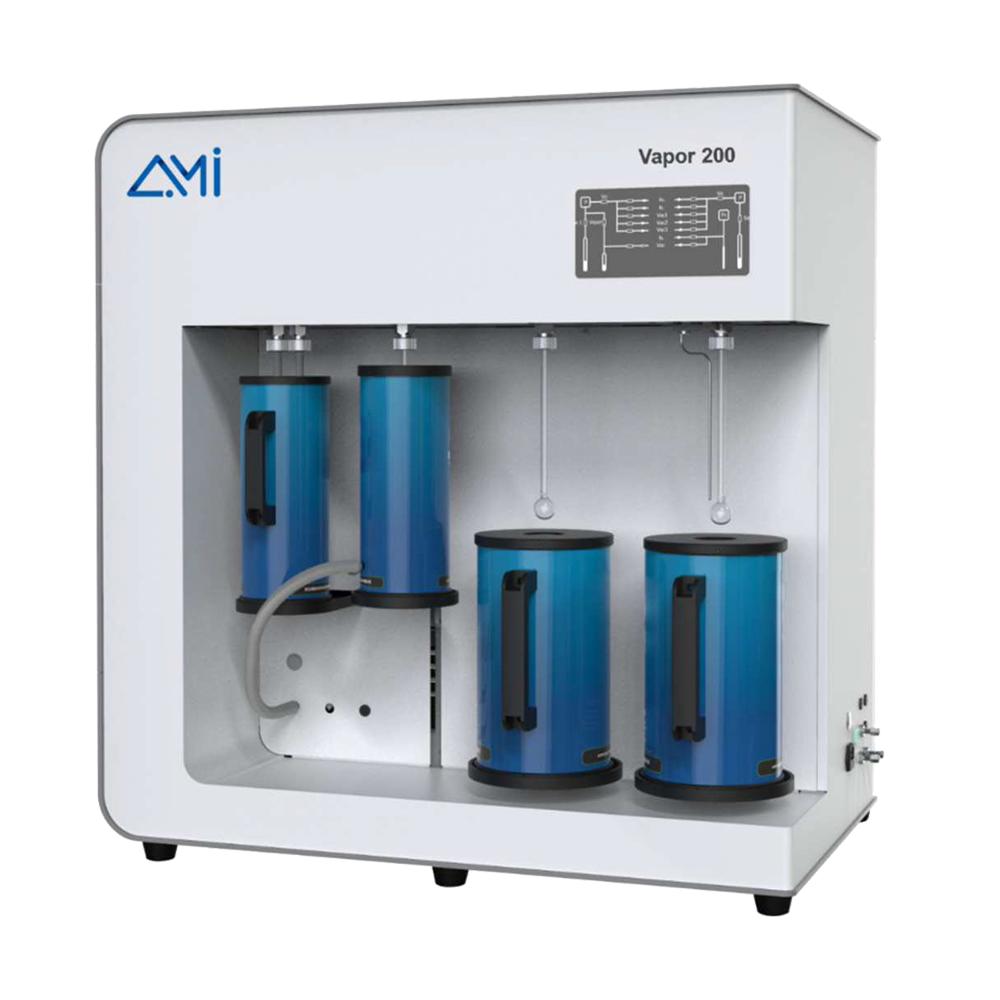
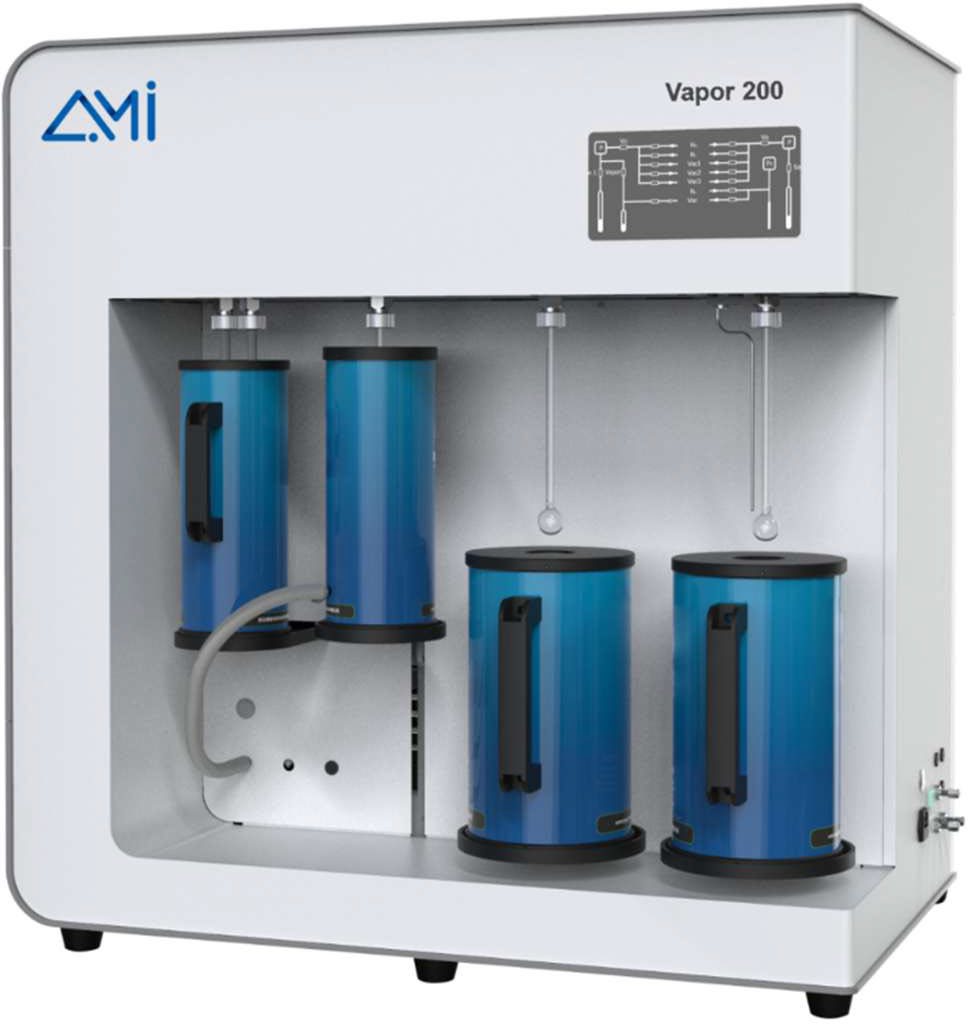
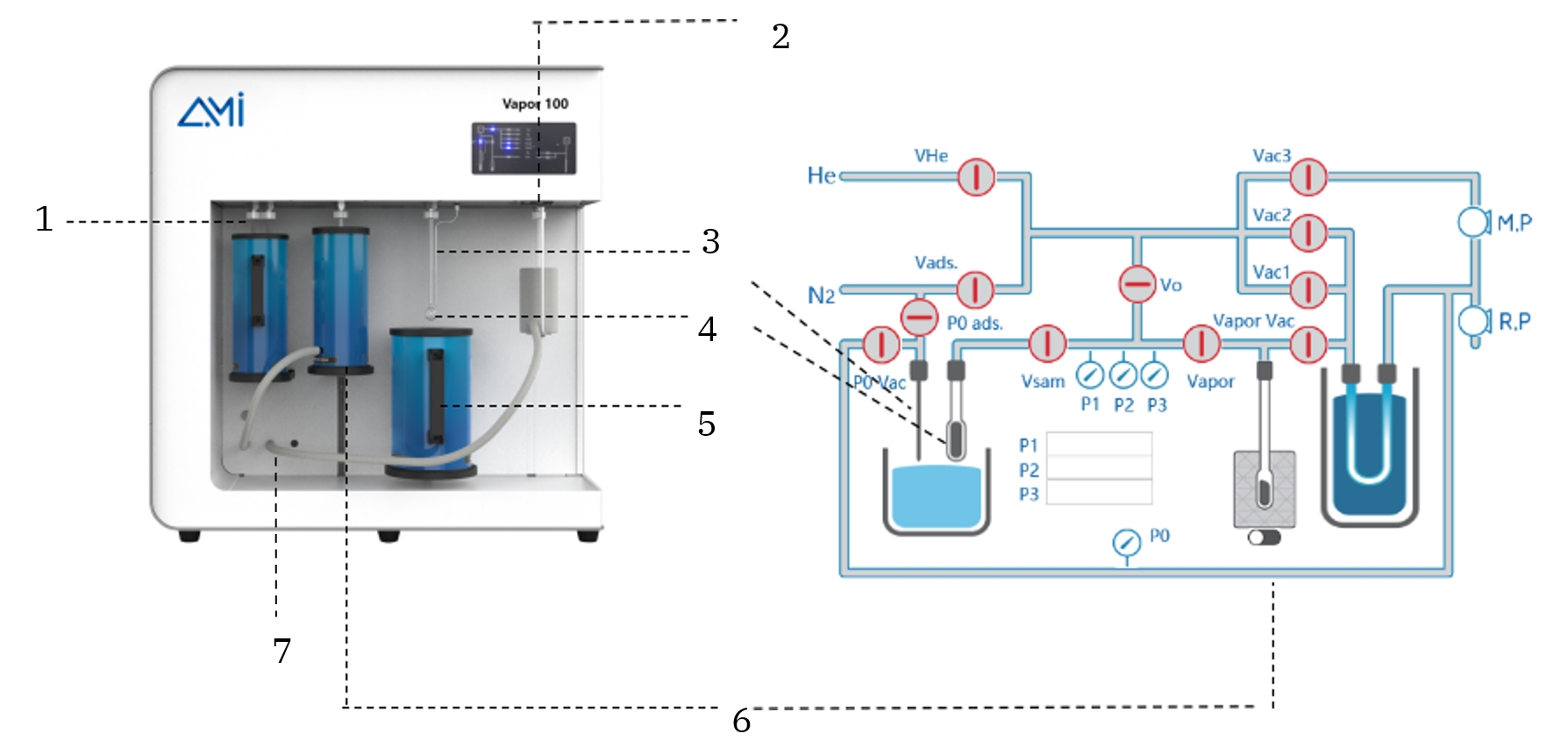
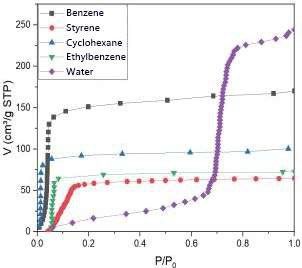
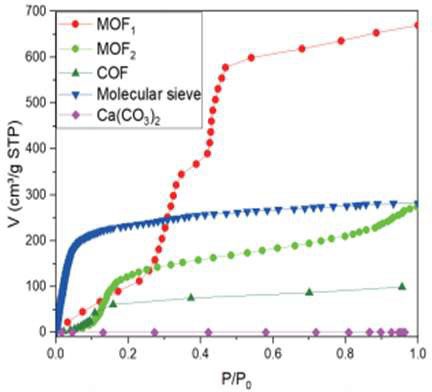
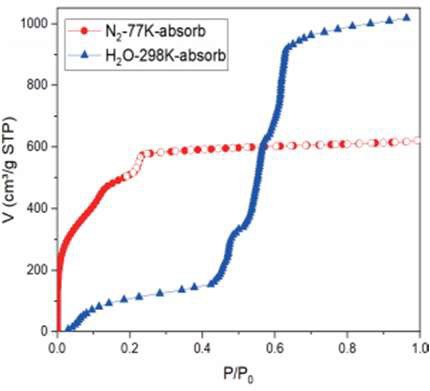
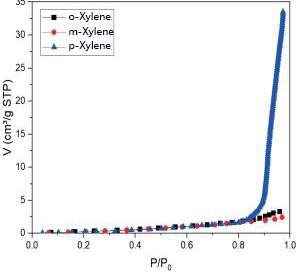
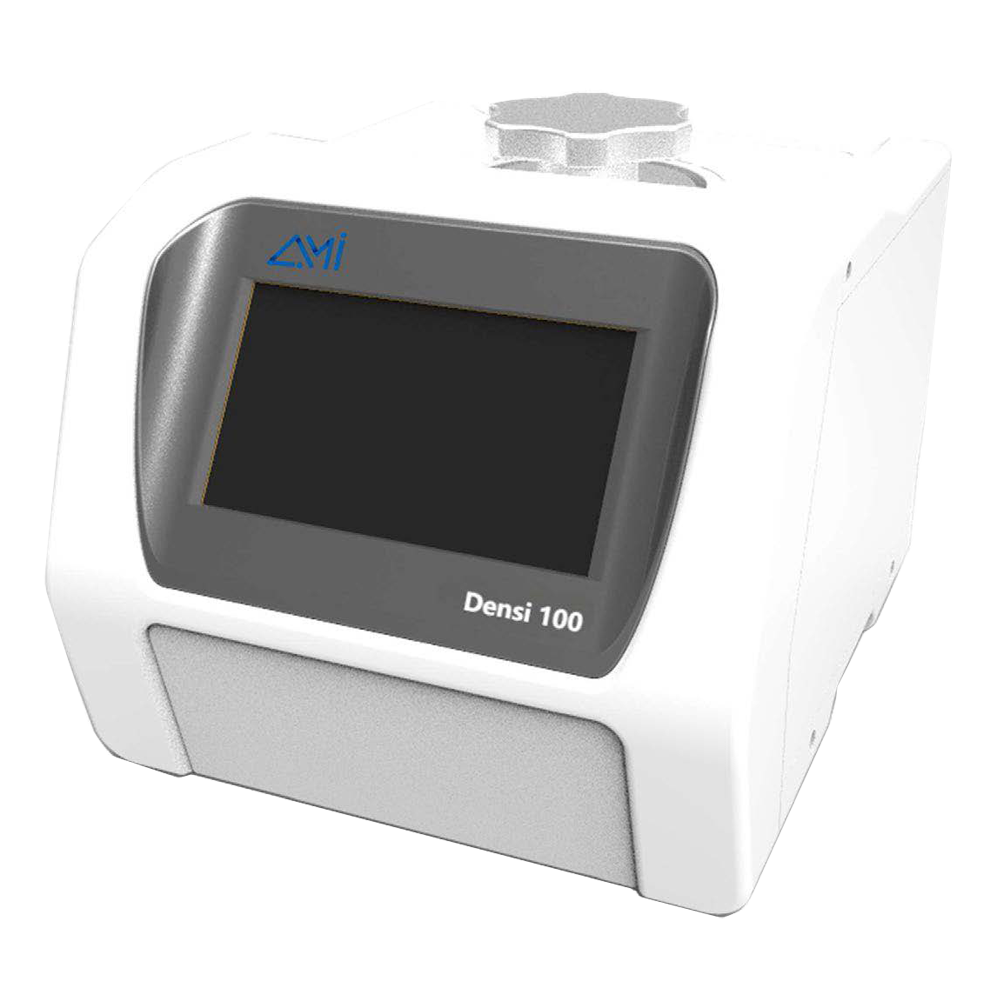

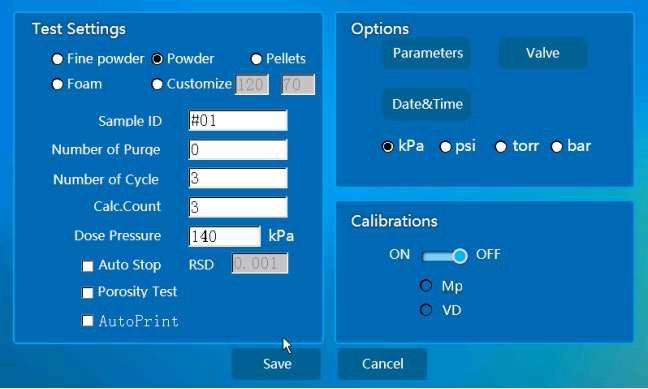
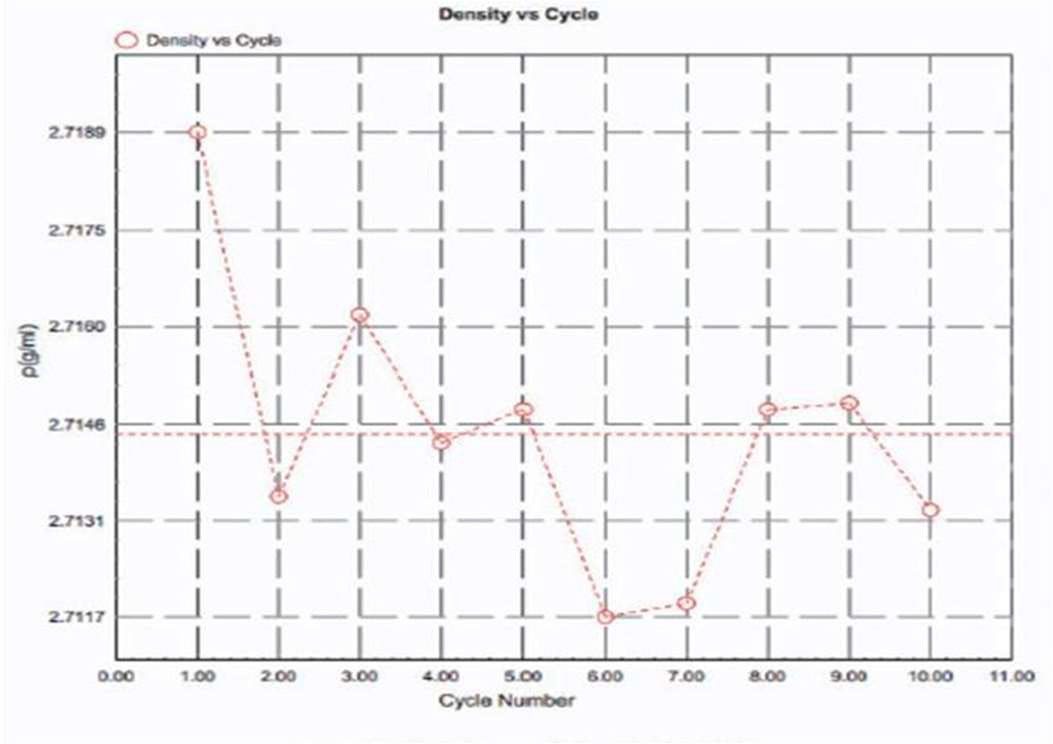
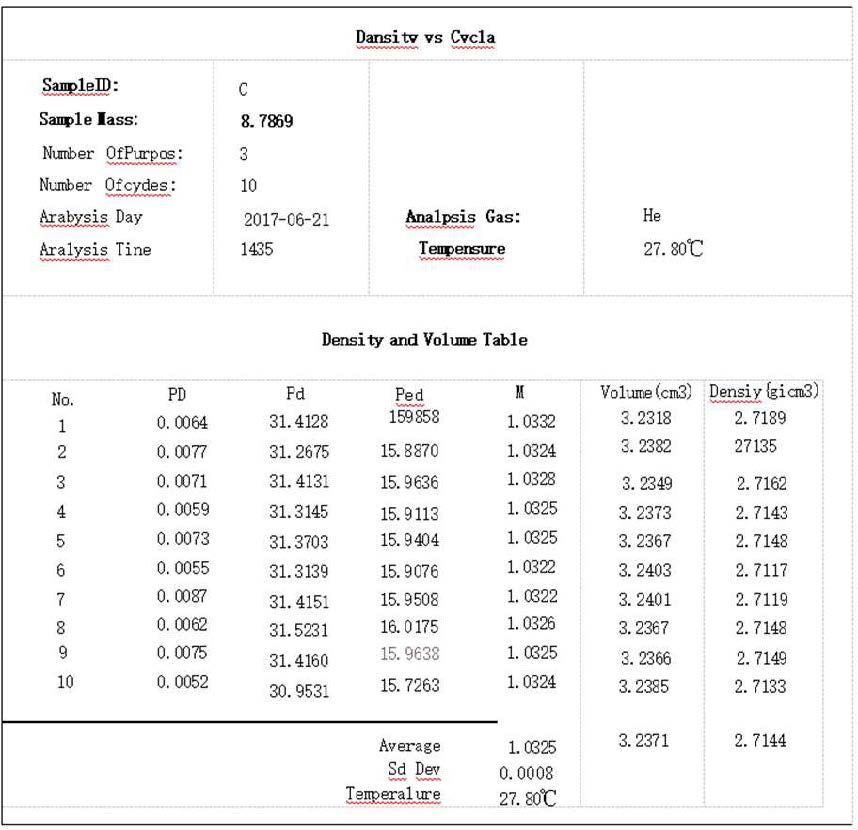
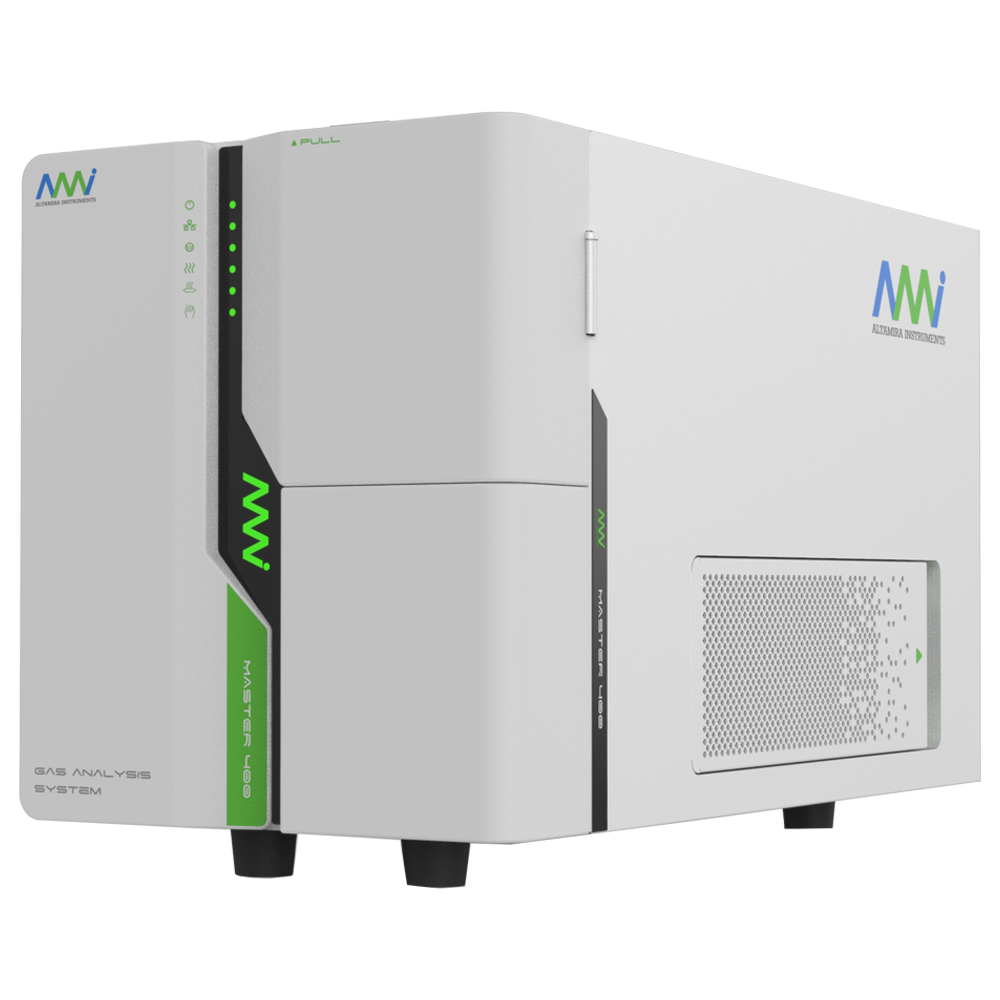
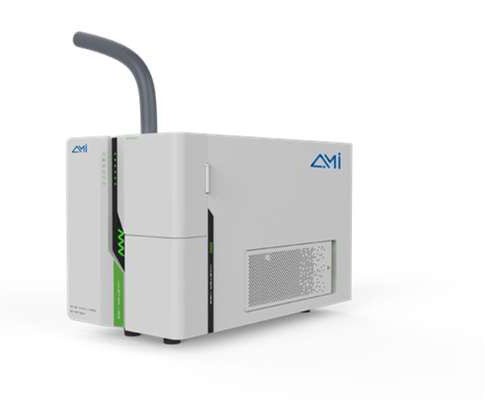
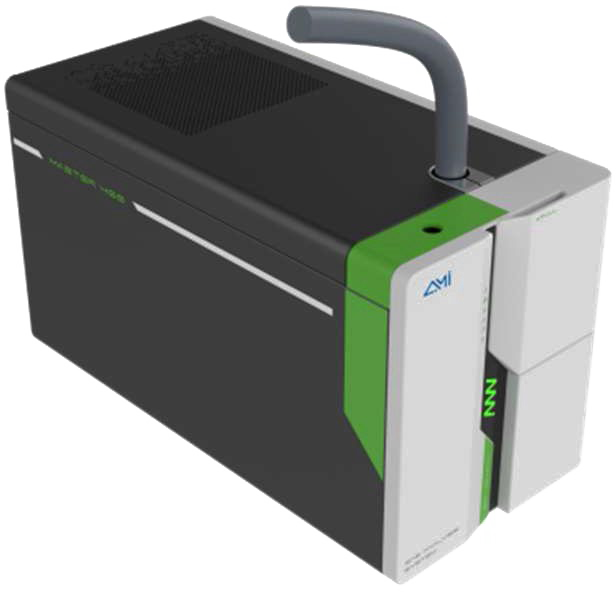
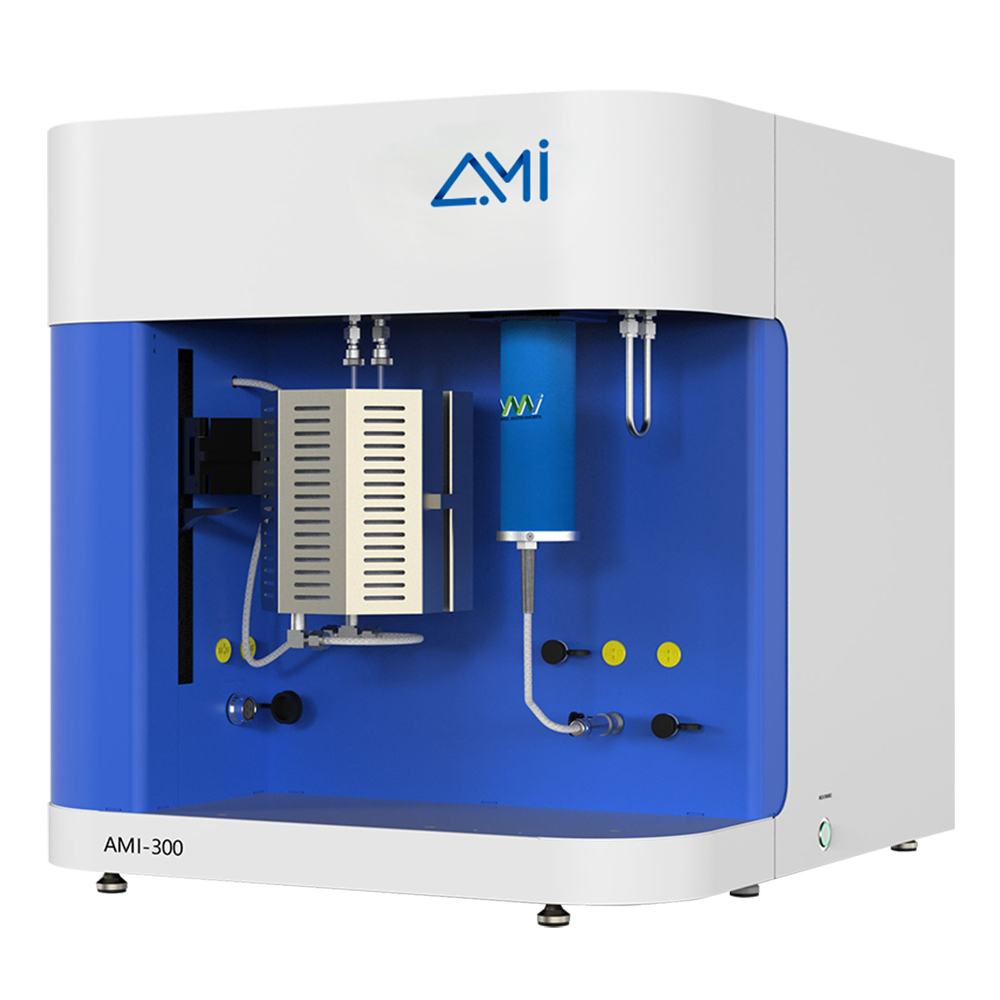
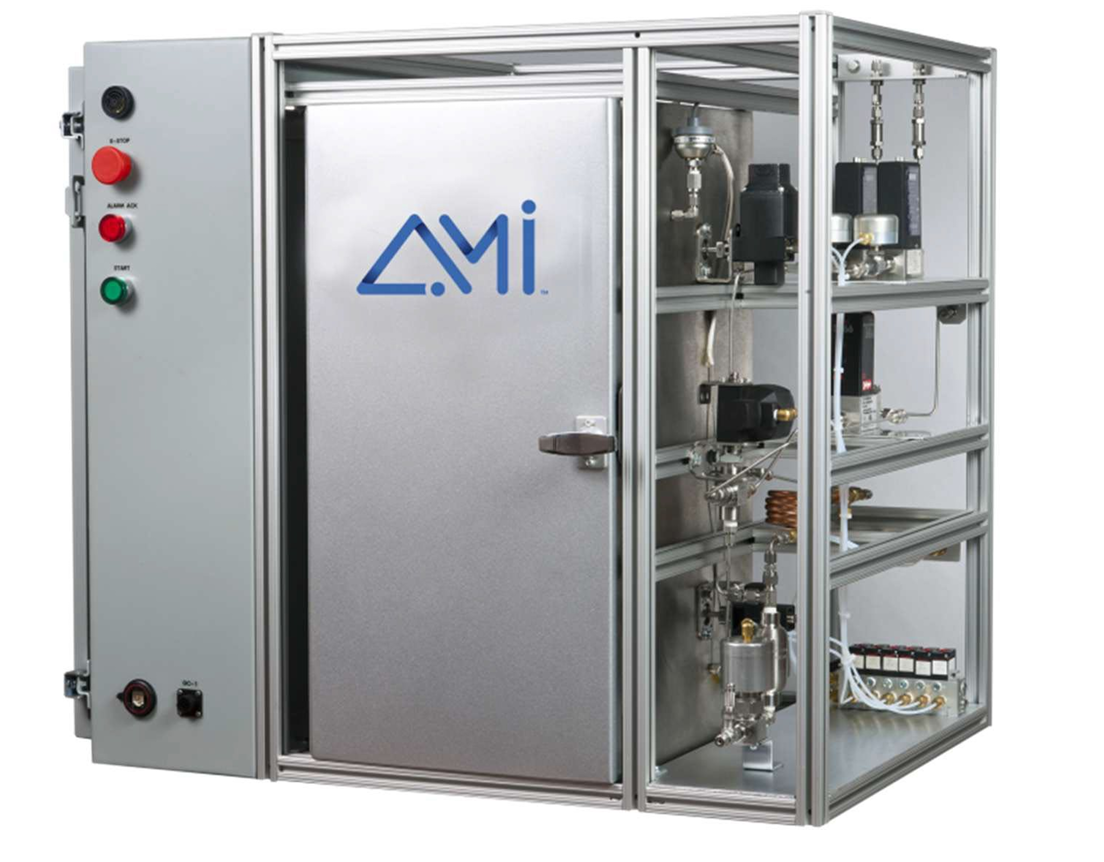
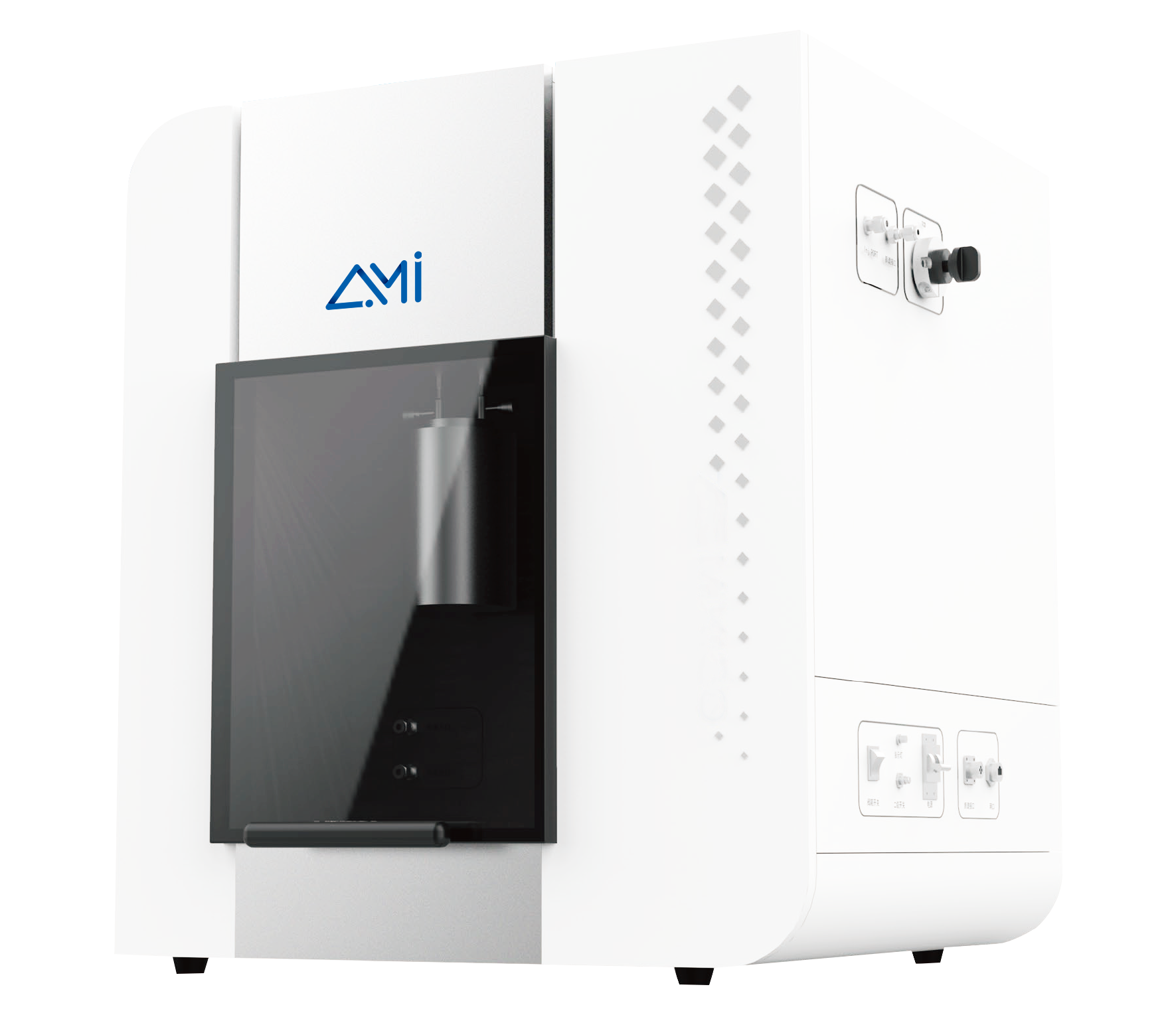
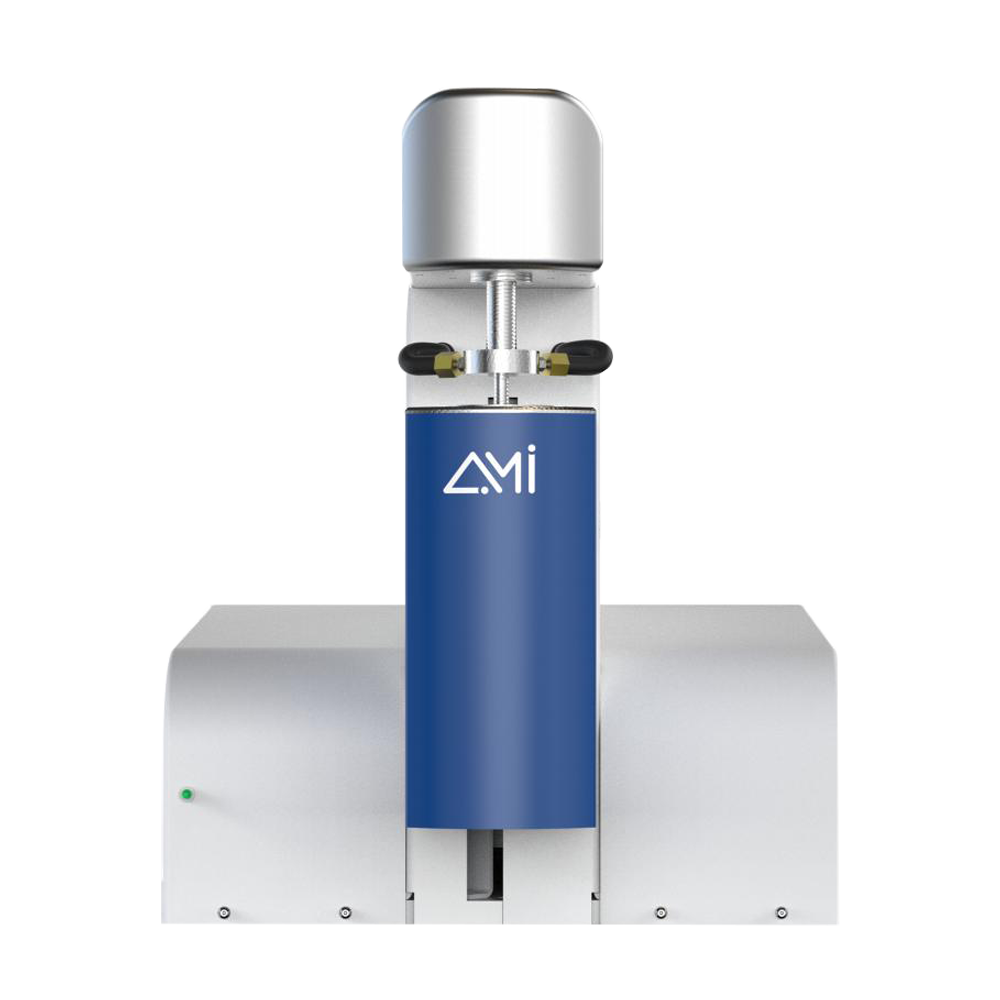
 TEL: +1 262-877-3600
TEL: +1 262-877-3600
 EMAIL:sales@ami-instruments.com
EMAIL:sales@ami-instruments.com